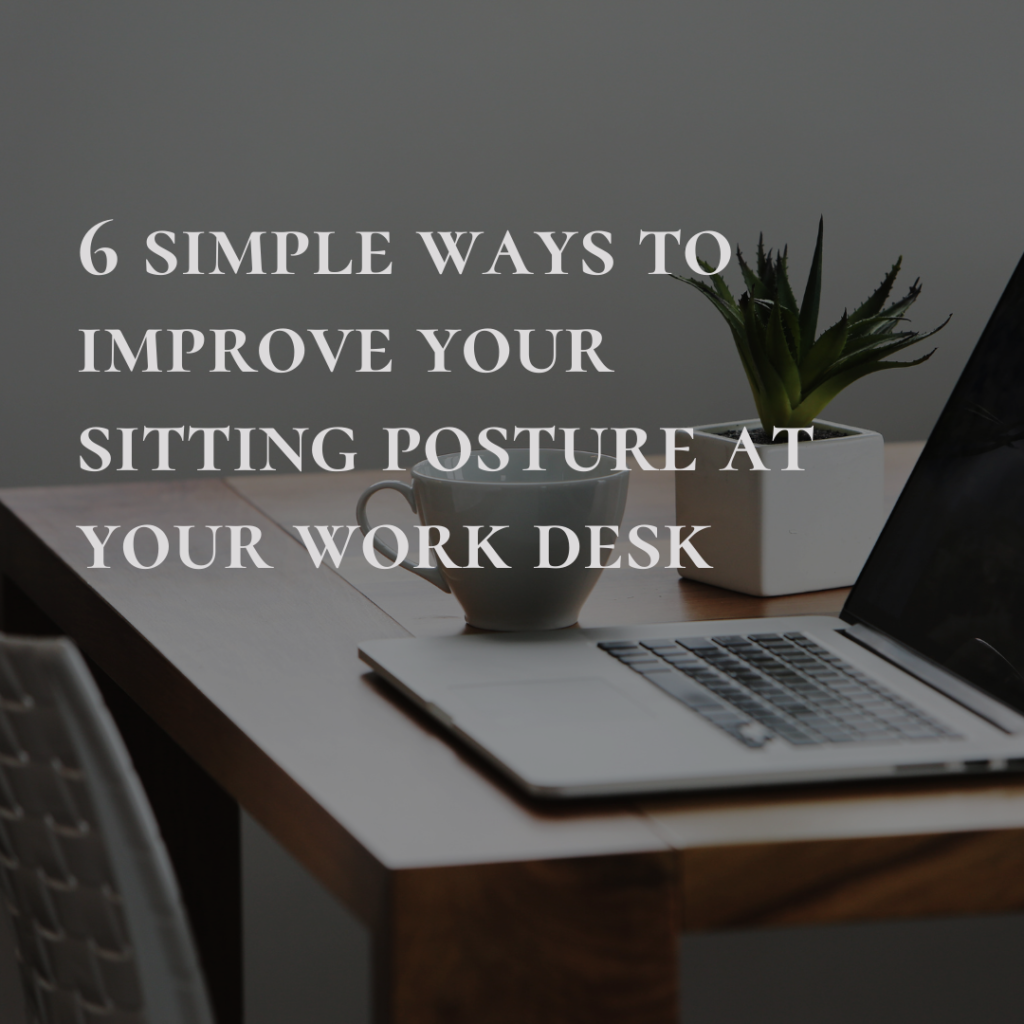Grants for Female Entrepreneurs can be a vital source of financial support for women looking to grow their businesses in Canada. In 2024, women are breaking barriers with their innovative ideas. Grants can be a game-changer for your venture, providing the necessary support to succeed. These grants are not only about the money but also represent a vote of confidence in the power of women-led businesses. Let’s explore these opportunities together.
9 Grants for Female Entrepreneurs in Canada
1. Canadian Women’s Foundation
At the forefront of the movement for women’s empowerment, the Canadian Women’s Foundation offers grants to fuel initiatives dedicated to uplifting women and girls. From economic development to safety and leadership, their grant programs address a wide range of issues impacting women across Canada. Non-profit organizations, charities, and community groups are encouraged to apply for funding to drive positive change and dismantle systemic barriers faced by women.
2. The Women Entrepreneurship Fund
Recognizing the vital contributions of women entrepreneurs to Canada’s economy, the Government of Canada offers the Women Entrepreneurship Fund. This initiative provides funding to women-owned and women-led businesses, enabling them to grow and thrive. With a focus on increasing access to capital, networks, and expertise, this fund empowers women from diverse backgrounds, including Indigenous women, women with disabilities, and newcomers.
3. Alberta Women Entrepreneurs

Alberta Women Entrepreneurs (AWE) has empowered women in business for over 28 years, emphasizing capital, connections, and capacity building. They provide financial support through various lending programs and advisory services and foster networking by hosting seminars, events, and an annual awards ceremony. AWE addresses crucial challenges such as cash flow management and mental well-being, offering resources to navigate the tech industry. They support women entrepreneurs and help grow women-led businesses in Alberta.
4. FCC Women Entrepreneur Program

The FCC Women Entrepreneur Program by Farm Credit Canada is a comprehensive initiative to empower women in the agriculture, agribusiness, and food sectors. It aims to improve access to capital, enhance skills, and provide resources for learning and inspiration. $500 million over 3 years to help women entrepreneurs start or grow their businesses. The Women Entrepreneur Loan, a program’s central feature, facilitates financial advancement with a one-time loan processing fee waiver. The program offers events and resources for skill-building and networking in agriculture.
5. The Indigenous Women’s Fund of Canada
For Indigenous women, the journey towards empowerment is deeply intertwined with culture, heritage, and community. The Indigenous Women’s Fund of Canada provides grants to support Indigenous women’s leadership and community-driven initiatives. By amplifying Indigenous voices and supporting projects focused on self-determination and healing, this fund plays a vital role in strengthening Indigenous communities and fostering resilience.
6. The Royal Bank of Canada (RBC) Women’s Entrepreneurial Accelerator Program
Aspiring women entrepreneurs across Canada find support and resources through the RBC Women’s Entrepreneurial Accelerator Program. Through grants, mentorship, and access to valuable resources, this program empowers women-owned businesses to reach new heights. By fostering innovation and promoting economic empowerment, RBC’s initiative plays a crucial role in shaping the landscape of entrepreneurship in Canada.
7. Women in Technology Venture Fund
The Women in Technology Venture Fund by the Business Development Bank of Canada (BDC) is a significant initiative to support female-led technology firms. One of the largest funds globally for Canada’s tech ecosystem, with a dual mandate of generating investment returns and making a lasting impact. The fund, which is closed to new investments, has a strong portfolio of companies and is focused on nurturing existing ones. With a commitment to fostering leadership and innovation among women in technology, BDC’s fund catalyses economic prosperity and excellence across Canada’s tech landscape.
8. Women in Trade Grants 
Export Development Canada (EDC) offers a comprehensive program to empower women entrepreneurs for global business success. This initiative provides financial solutions and insights for international market growth. It includes resources for various export stages, managing risks, and cash flow. EDC offers services like Credit Insurance, Financing, Working Capital solutions, and the Export Guarantee Program. The Women in Trade program under EDC also features an Inclusive Trade Investments Program, aiming to address funding gaps for women and diverse exporters. Additionally, EDC offers educational tools, success stories, and expert advice to support women in expanding their businesses internationally.
9. Thrive Venture Grants for Female Entrepreneurs
 The Thrive Venture Fund for Women, facilitated by BDC, supports the growth of women-led tech companies in Canada. This fund is for Canadian women entrepreneurs in tech at the Seed and Series A/B stages. It supports women in tech to thrive and lead Canada’s tech industry globally.
The Thrive Venture Fund for Women, facilitated by BDC, supports the growth of women-led tech companies in Canada. This fund is for Canadian women entrepreneurs in tech at the Seed and Series A/B stages. It supports women in tech to thrive and lead Canada’s tech industry globally.
The fund empowers women in tech entrepreneurship with necessary resources, collaboration opportunities and a platform to transform markets. The initiative aligns with BDC’s goal to build a robust, diverse, and inclusive economic landscape.
Here are 9 grants for female entrepreneurs in Canada that promote gender equality and support women’s empowerment in business. They can be used to start a business or to support its growth. These grants value diversity and innovation, creating an inclusive economic landscape where women can succeed in their entrepreneurial industries.











